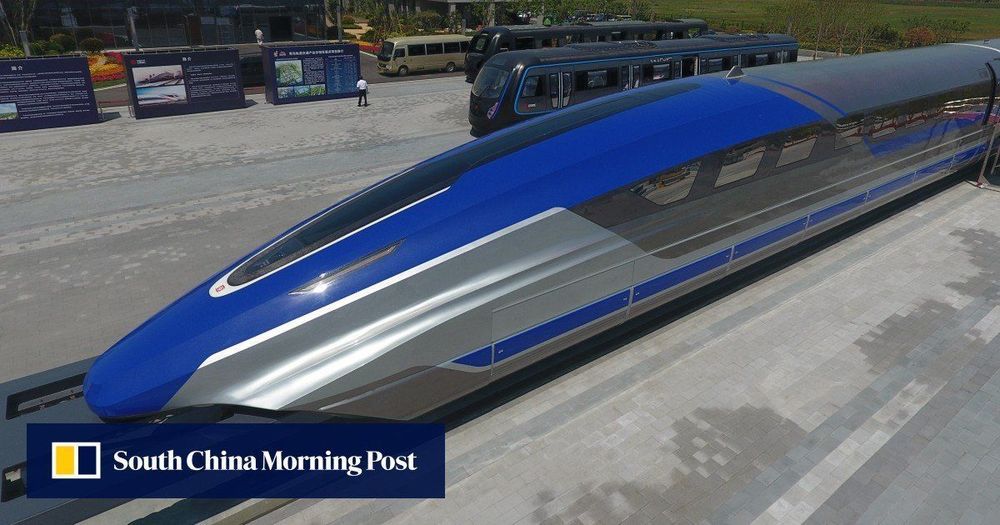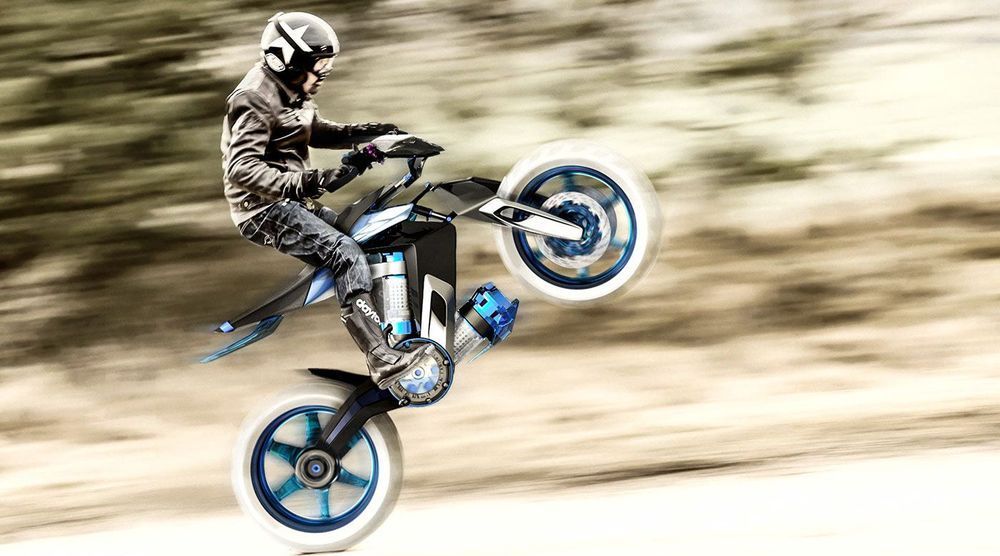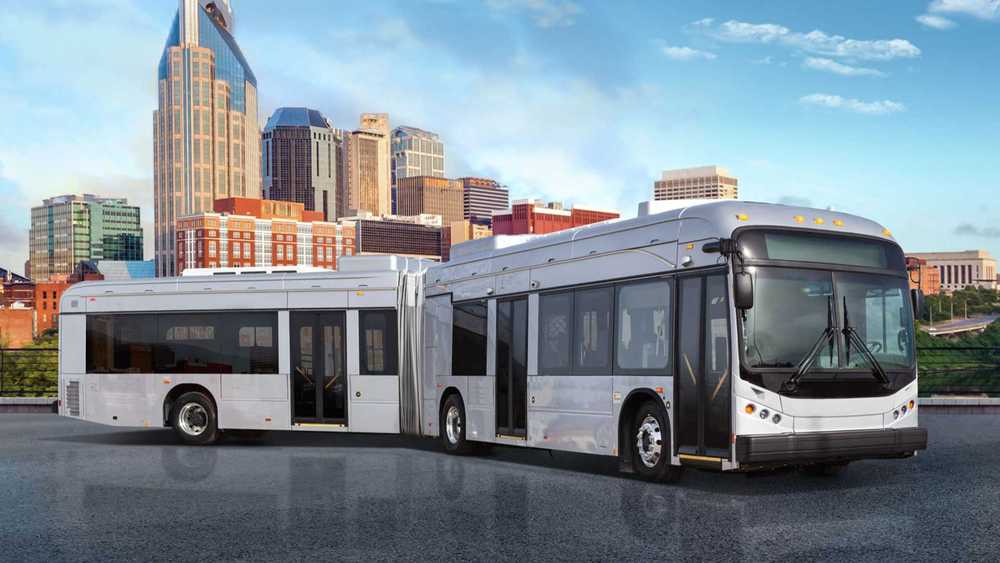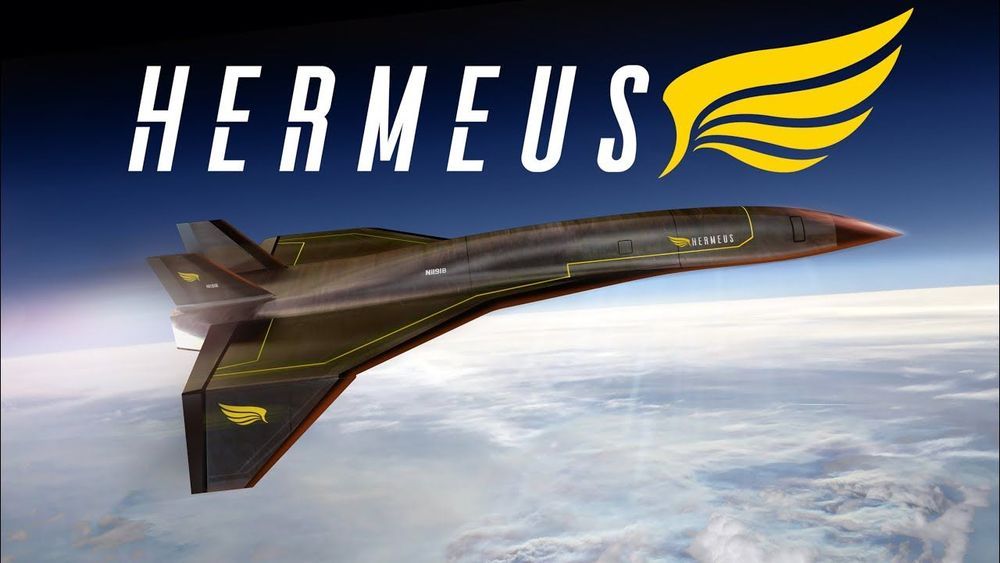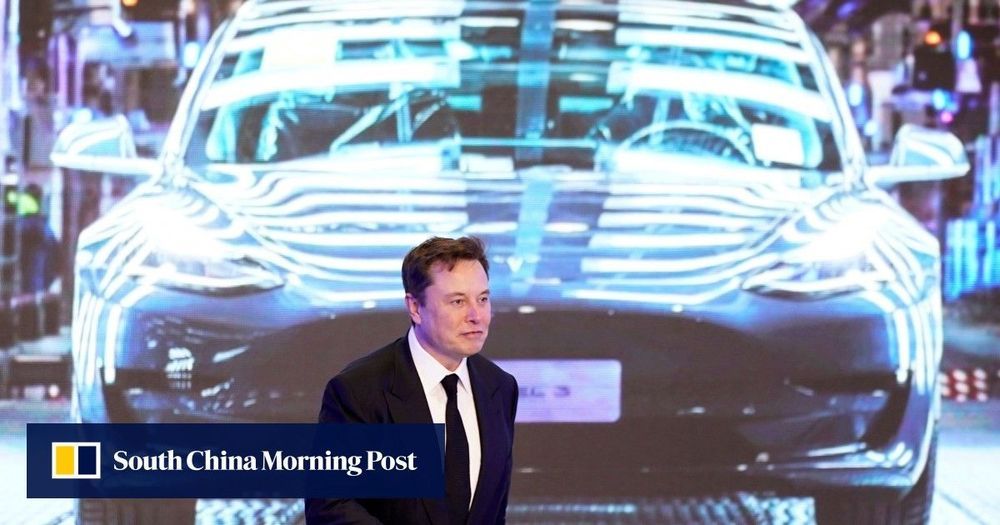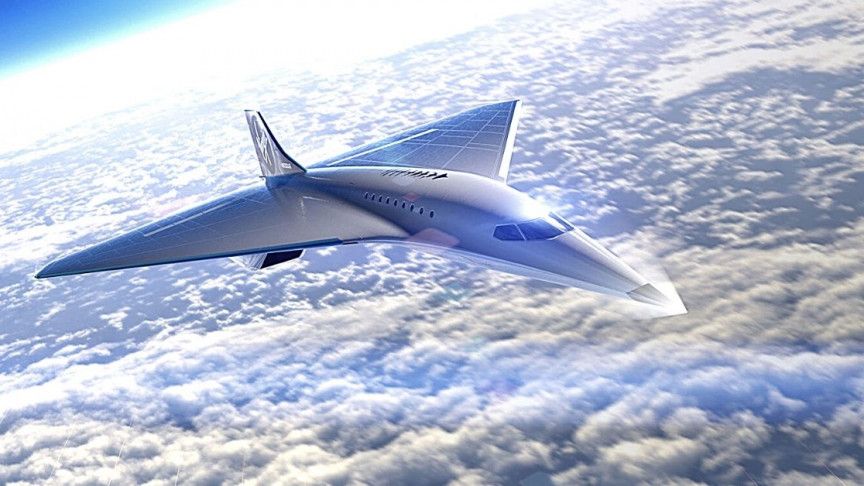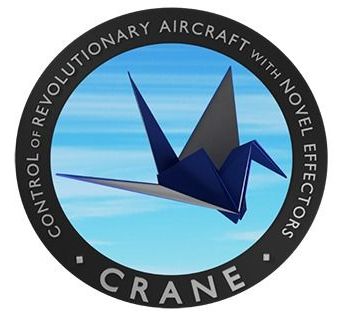DARPA has selected three performers to work on the Control of Revolutionary Aircraft with Novel Effectors (CRANE) program, which aims to demonstrate an aircraft design based on active flow control (AFC), an area not fully explored compared to traditional flight controls. The goal is to demonstrate significant efficiency benefits of AFC, as well as improvements in aircraft cost, weight, performance, and reliability.
“The performers are looking at using active flow control very early in the design scope. That’s the differentiating piece that hasn’t been done before,” said Alexander Walan, the program manager for CRANE in DARPA’s Tactical Technology Office. “AFC has been explored at a component level, but not as an integral piece of aircraft design. By altering the design approach, CRANE seeks to maximize the chance of a successful X-plane development while also integrating AFC into the aircraft’s stability and control.”
The program is kicking off Phase 0, a long conceptual design phase to give performers time to evaluate flow control options before solidifying their demonstration approaches. The performers selected for Phase 0 are:
